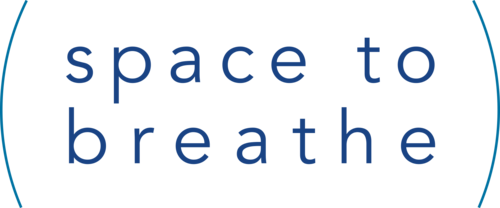‘Language has the power to limit or unleash our creativity to get unstuck and move forward.’
Hazriq Idrus
When you think about the language of creativity, how you use your language and the impact that this can have on your ability and the ability of others to think and act creatively is important.
Hazriq Idrus shares about this [video below] when he explains how he believes we can all maximise our creativity.
He puts limitations of creativity down to two things:
1. The misconception of creativity
2. Creativity habits
The Misconception of Creativity
As our blog earlier this week explored, creativity is broad. We can sometimes connect creativity solely with the arts, music, poetry, dance. Which it is. And it is also problem solving, innovation, experimentation. Things that we all do on a regular basis. As we begin to think about these aspects of creativity more consistently, we can begin to recognise where we live creatively each day.
Creativity Habits
When it comes to habits, there is something about the subconscious and the conscious ways that you use your creativity.
Whether you realise it or not, you will often find yourself using creativity in life subconsciously. Perhaps you forgot to do something for a friend or colleague and you find a creative way to explain why you haven’t been able to do it yet. Maybe you don’t have the ingredients in that you need for the meal you planned so you come up with something different.
And then there are the times you sit down in a team meeting or with your family to come up with some ideas of how to solve a problem or plan a holiday and your creativity comes unstuck. Your mind goes blank. Creativity can be hard to use consciously.
Creativity and Yes, but
This is where Hazriq introduces the ‘yes, but …’ and ‘yes, and …’ of creativity.
As adults we can often see the limitations of ideas. We can see this in the example Hazriq uses in his video; when he asks a group of people to list as many uses for a drinking straw as they can, one group find it hard to list many. As he listens to them sharing he hears a phrase repeat itself throughout their conversation, ‘Yes, but …’.
There in lies the problem. Because ‘Yes but …’ is really a polite way of saying no.
When we’re trying to foster creativity, no keeps us stuck.
Yes allows us to move forward.
The ‘Yes and …’ Principle
But what if you switch this to ‘Yes, and …’?
‘Yes, and …’ creates a flow of creativity. As we embrace ‘yes, and …’ into our problem solving we see the following things happen:
a. Acceptance : when an idea is accepted by one person, no matter what anyone else says, that person always feels that their idea has been heard
b. Building upon ideas : as ideas are accepted, they are able to be built on and improved
c. Collaboration : teams work together as a result to collaborate on new ideas
Hazriq believes that as this happen there are three additional benefits that come into play; three things that have a direct impact on our wellbeing and the wellbeing of others:
d. Delight : as the team find delight in each other there is a reduction in conflict
e. Empathy : they also empathise with each other which increases positivity
f. Flexibility : the team becomes adaptable to change as creativity becomes woven into your culture
The ‘yes and …’ of creativity opens up possibilities. And as we see the benefits that it fosters, the wellbeing of our organisation and our family is increased.
As we begin to open up again after lockdown, we are stepping into a time that needs to be full of creativity. Creativity in how we interact with the world in new ways. Creativity in how we imagine what life looks like next.
Give it a Go
When you next sit down with your colleagues, your organisation, your family, your community group, try using the ‘Yes, and …’ principle. We’d love to hear how creativity is fostered through these conversations.

